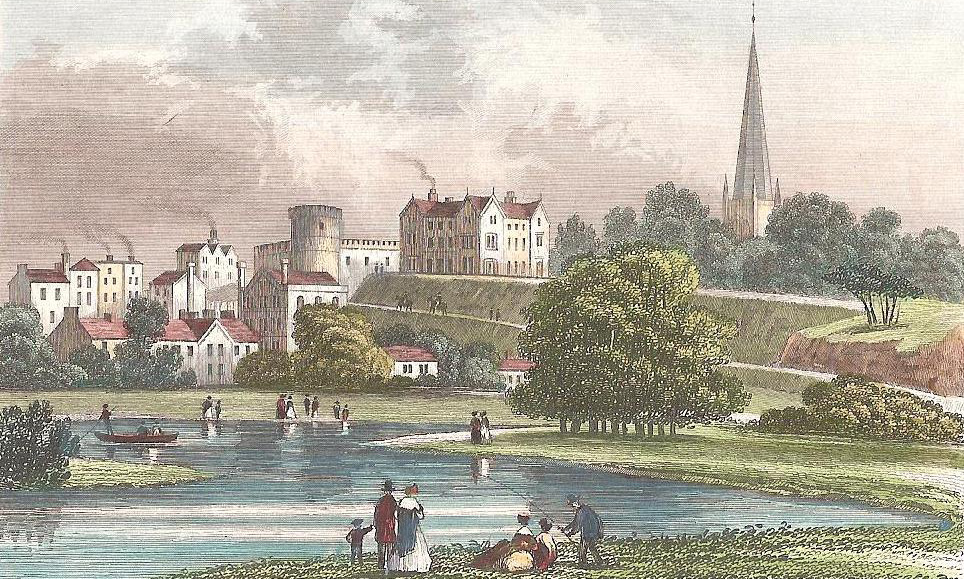

The brooding presence of massive hillforts built by Iron Age tribes, commanding wide vistas high above the Wye, reinforces the feeling that this area has been border country for millennia. Trellech’s standing stones, early riverside Celtic church sites, the impressive earthworks of Offa’s Dyke, medieval stone castles and the hauntingly beautiful ruins of Tintern Abbey preserved in today’s landscape provide a window to the past.
The Wye Valley was one of the earliest places in the UK to industrialise. By 1600 the wireworks at Tintern were the largest industrial enterprise in Wales, employing hundreds of people. Fast flowing streams cascading off the surrounding plateau were harnessed to power waterwheels. Iron, copper and tin works belching smoke into the valley, consumed vast quantities of charcoal made from local timber. Today the woodland and water which powered this industry provide a picturesque backdrop for this hidden industrial heritage.
Think of the Wye as a watery highway linking the riverside villages with the wider world and you’ll begin to understand its importance in earlier times when boatmen navigated trows laden with cargo between the Wyeside wharves. The Wye made it easy to import raw materials and export manufactured goods. Quays dotted the riverbank where the associated trades of shipbuilding and boat repairs, rope and sail making developed.
When tourists discovered the beauty of the Wye in the 18th century they travelled afloat too. It was here that British tourism was born, with the development of the ‘Wye Tour’. Artists, writers and poets came to marvel at the landscapes of the Wye, taking guided tours down the river by boat from Ross-on-Wye to Chepstow, exploring picturesque ruins and specially created viewpoints along the way. Wordsworth was captivated by the setting of Tintern Abbey, observing in 1798 in his Lines Written a Few Miles Above Tintern Abbey, the ‘steep and lofty cliffs’, the waters ‘rolling from their mountain springs with a sweet inland murmur’ and the ‘wild green landscape’. The Romantic poet Samuel Taylor Coleridge marveled at the view from the Eagle’s Nest where, ‘the whole world seemed imaged in its vast circumference’. By the early 19th century, hotels had sprung up and tour guides besieged unsuspecting tourists, taking them to the most popular views. The Wye Valley, with its gorgeous river scenery had become the first of Britain’s great landscapes to be ‘discovered’ and the birthplace of British tourism (an industry now worth £100m a year to the area).